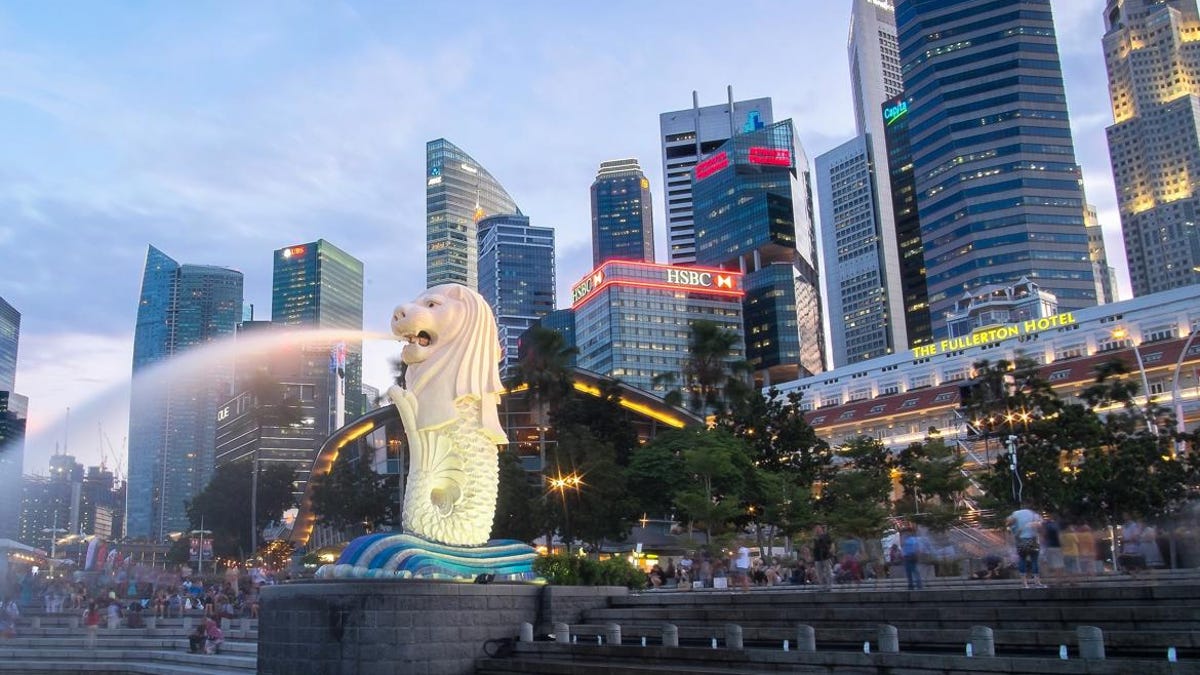Glitch in system upgrade identified as cause of delays at Singapore immigration

A glitch in a scheduled system upgrade has been identified as the cause of immigration delays at Singapore’s Changi Airport, which only recently was again named the world’s best airport.
Long lines were spotted Thursday morning at the country’s airport where travellers usually would not need more than mere minutes to clear immigration.
In a series of posts on Facebook and Twitter, Singapore’s Immigration & Checkpoints Authority (ICA) said it was experiencing “system slowness” at several passenger clearance checkpoints, including all automated departure lanes at all terminals at Changi Airport. Selected automated systems at the Woodlands and Tuas border checkpoints, through which travellers would enter neighbouring country Malaysia, also were affected.
Immigration systems at coastal checkpoints were the only ones that were not disrupted.
Passengers were advised to postpone non-essential travel and expect delays, as they would be redirected to manual lanes for immigration clearance.
By 4pm the same day, automated immigration clearance at all checkpoints were back up and running.
ICA said in a statement late-Thursday that preliminary investigations revealed a “technical glitch” had occurred during a pre-scheduled system upgrade, causing an “unanticipated system overload”. This brought down the automated immigration clearance systems, which affected all departure terminals at Changi Airport and arrival terminals at Terminals 2 and 4.
ICA did not provide details on the system upgrade or whether the procedure was tested before the scheduled live rollout.
Singapore Changi Airport earlier this month was named the World’s Best Airport for the 12th time at Skytrax’s World Airport Awards, which winners are voted by passengers.
Singapore in recent years has placed emphasis on boosting the cyber resilience of its critical information infrastructures, including aviation, maritime, banking and finance, and healthcare. The country in 2021 tweaked its cybersecurity strategy to focus on OT (operational technology) and provided guidelines on the skillsets and technical competencies these sectors needed. The government had said this was critical to beef up the cybersecurity of OT systems, where attacks could pose physical and economic risks.
Singapore defines OT systems to include industrial control, building management, and traffic light control systems that monitor or change the physical state of a system, such as railway systems.
RELATED COVERAGE
READ MORE HERE
